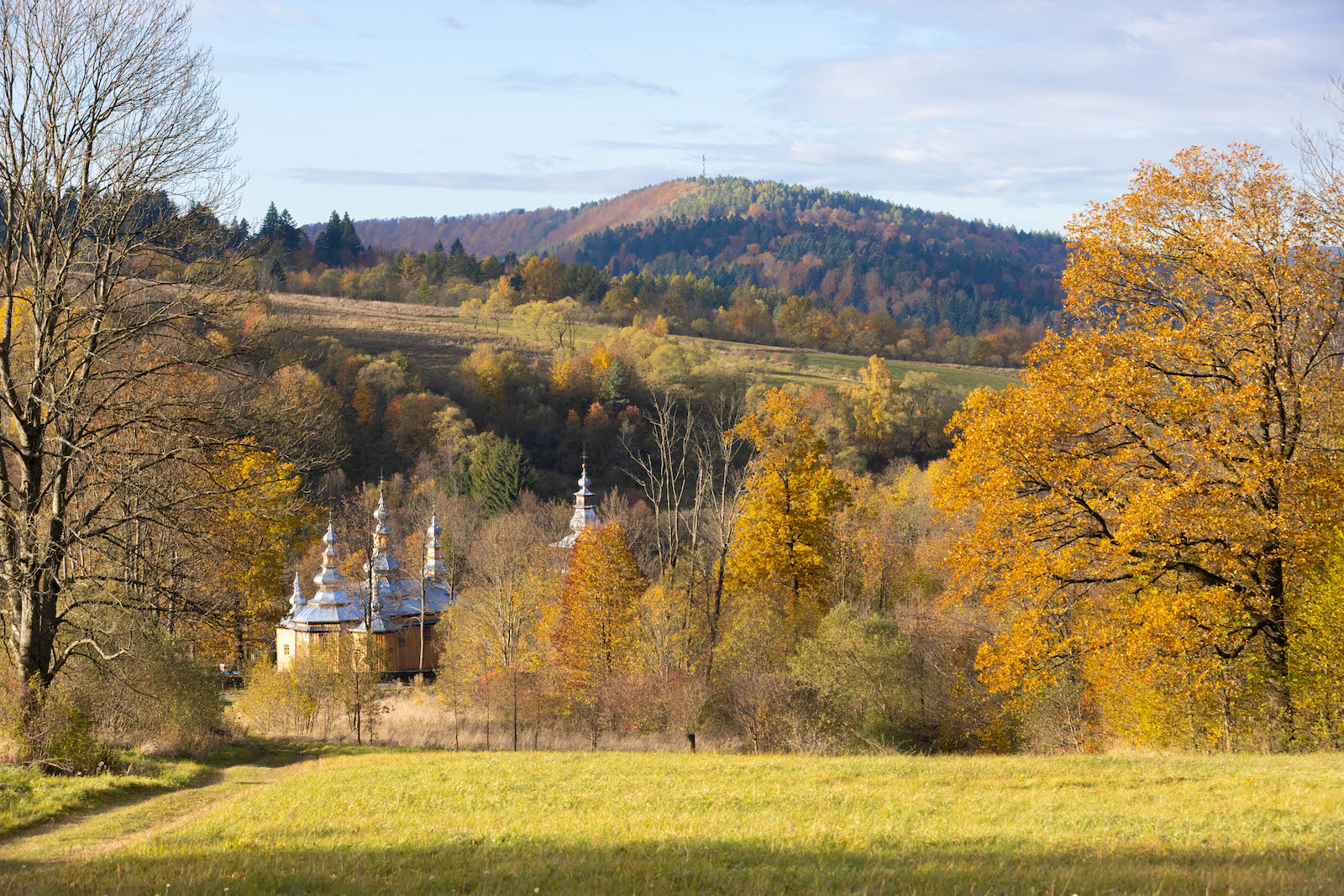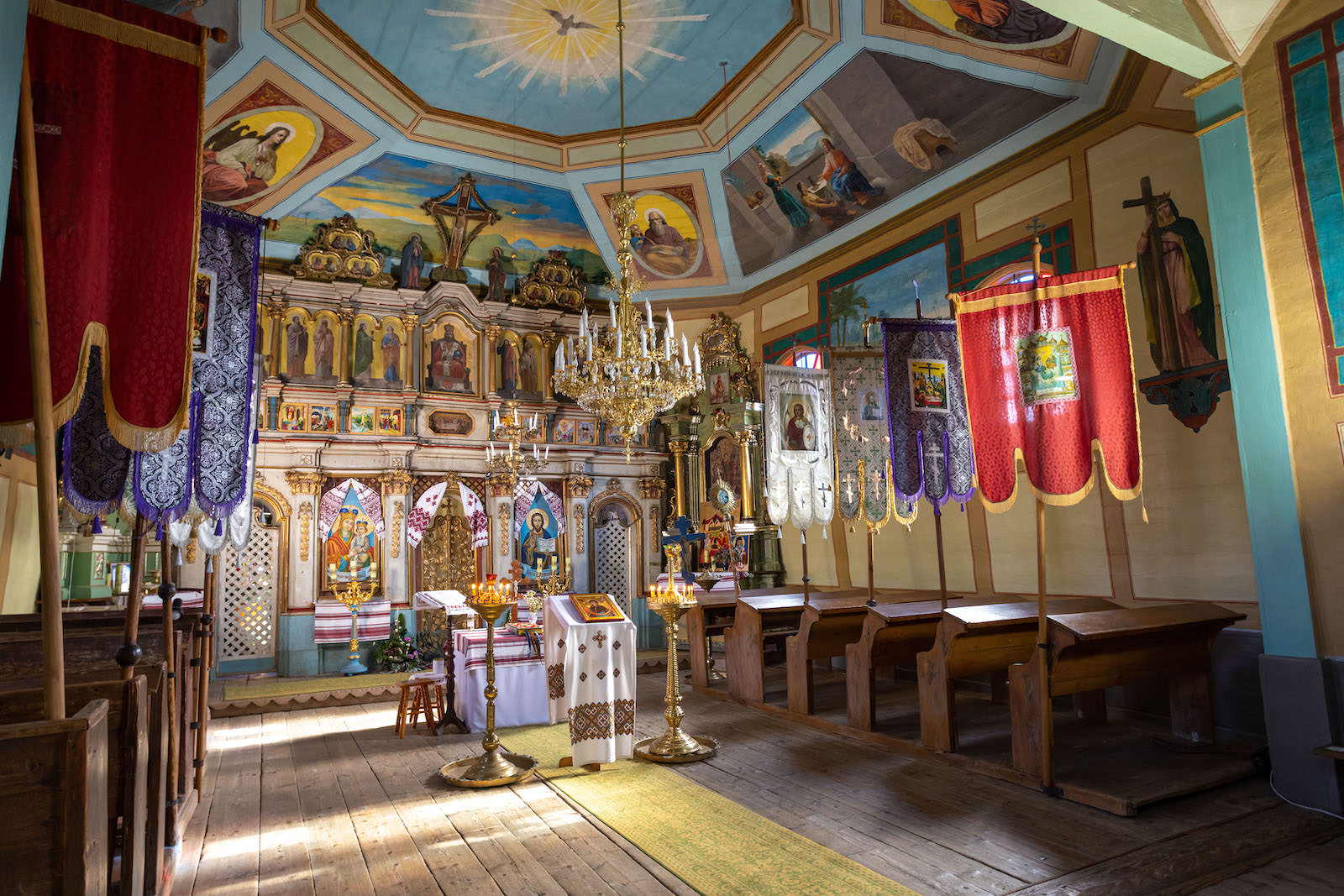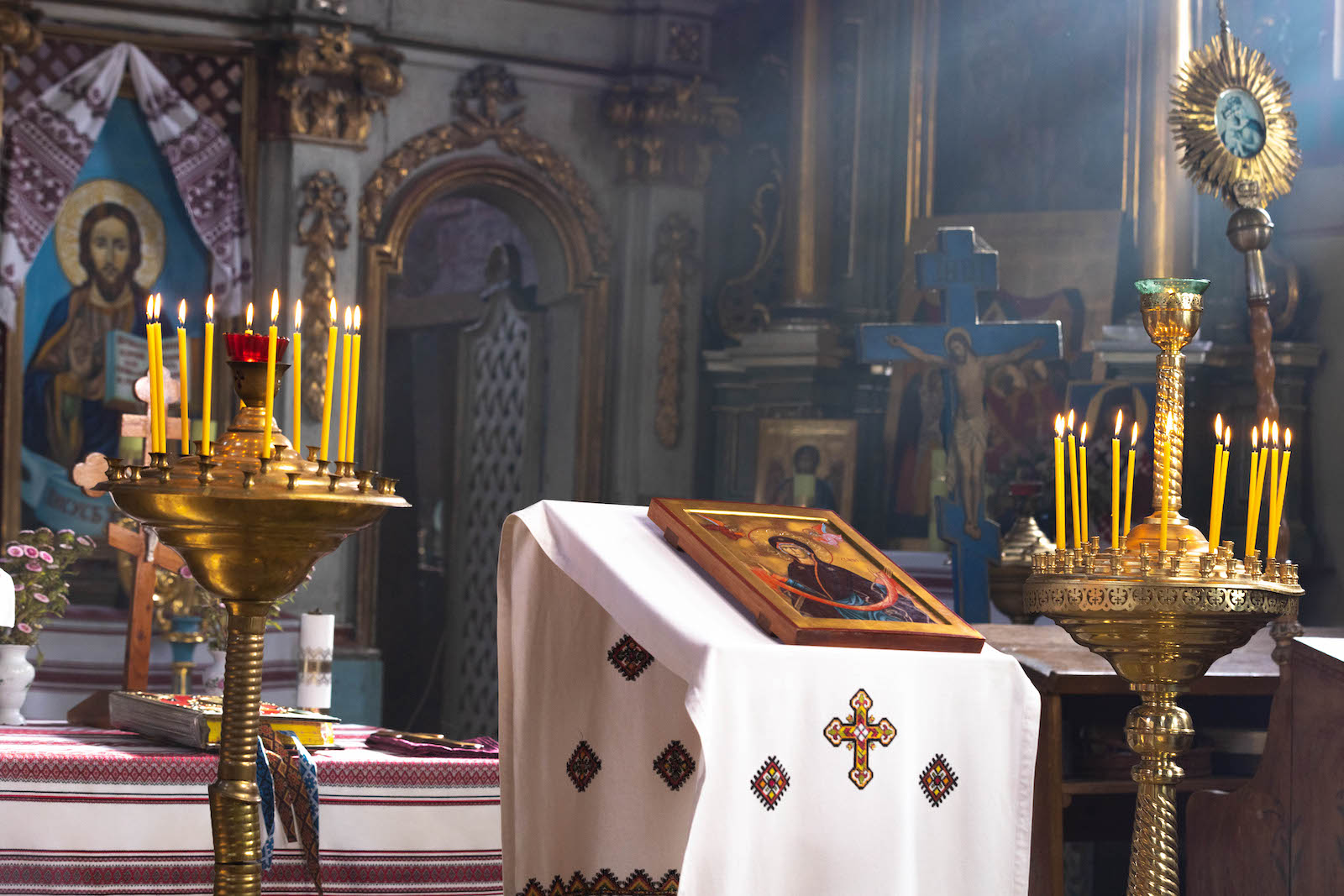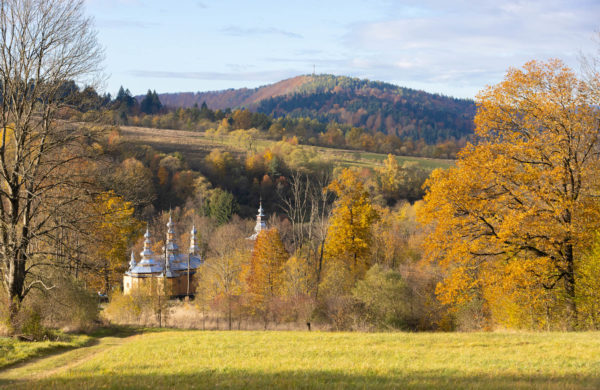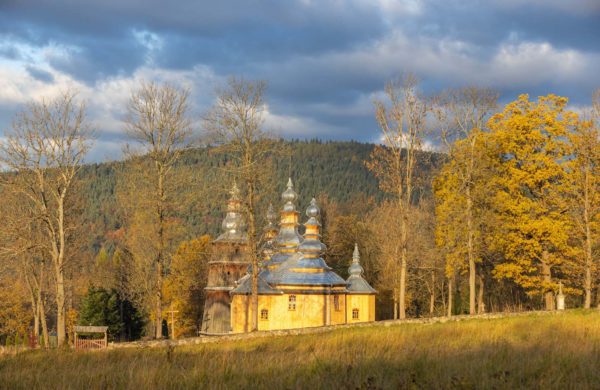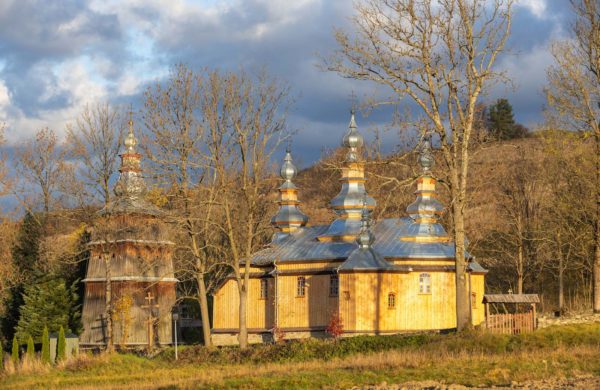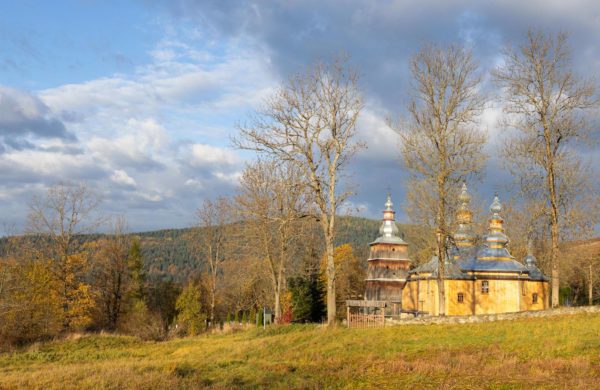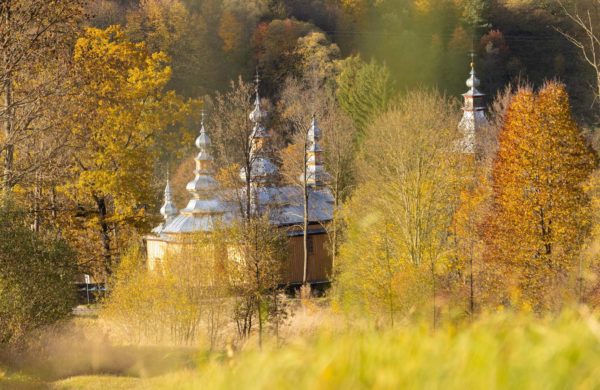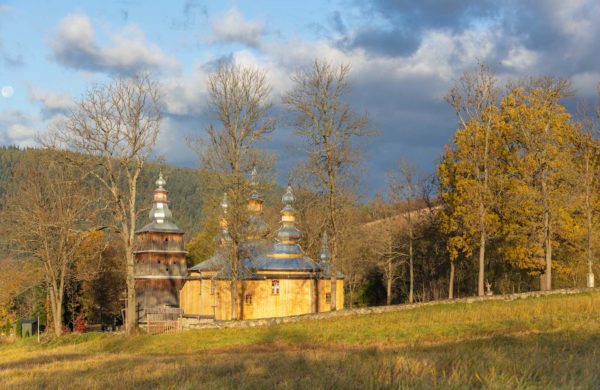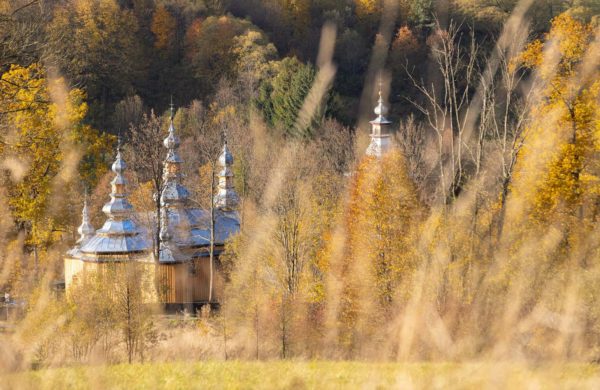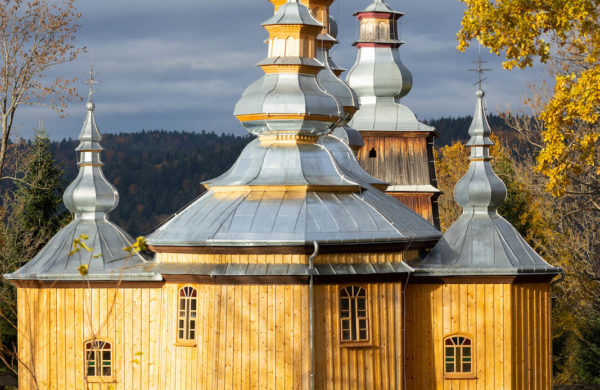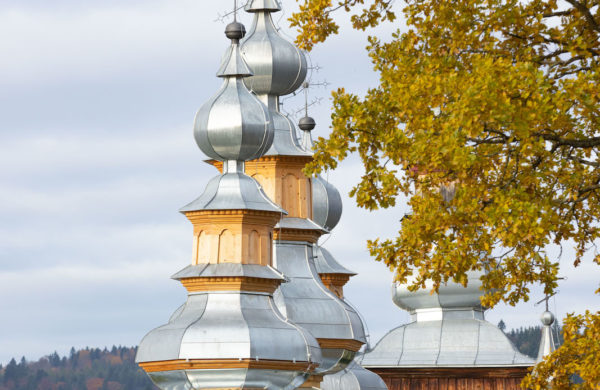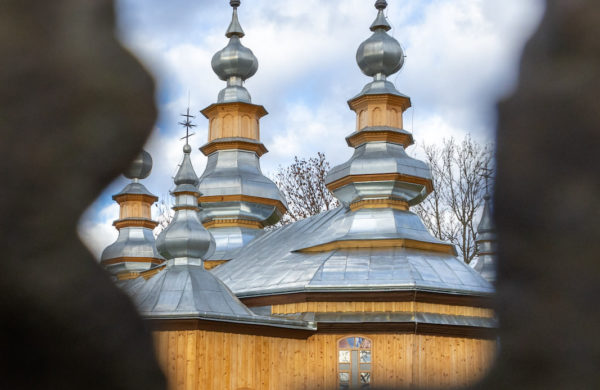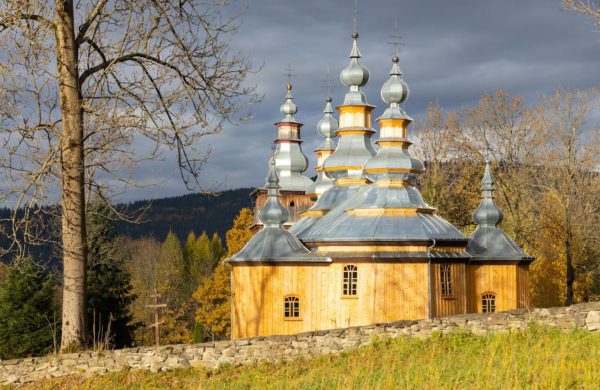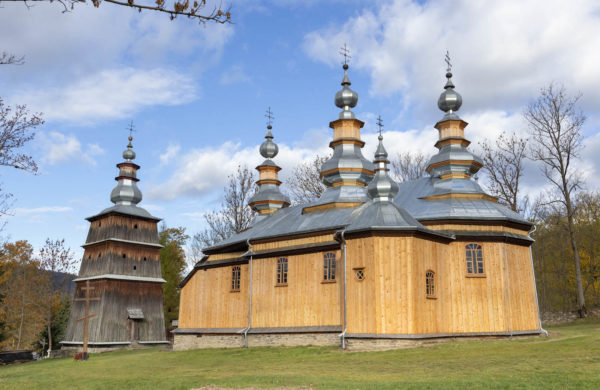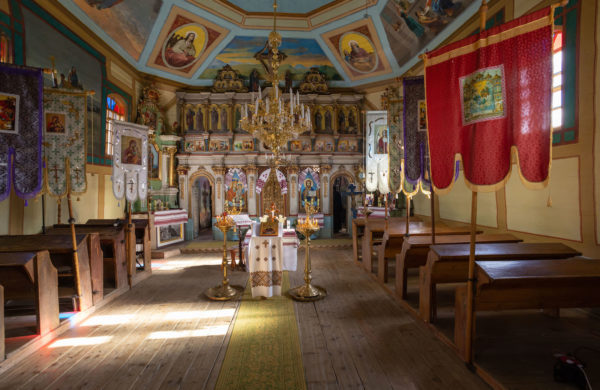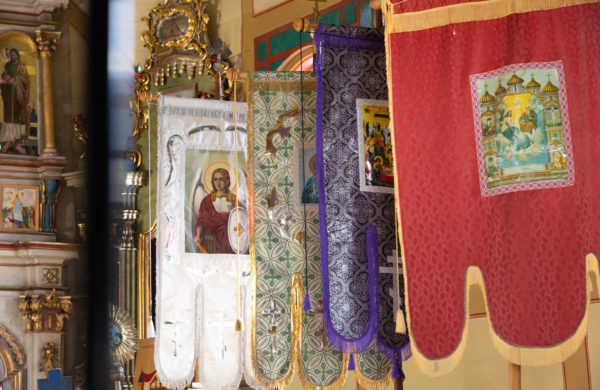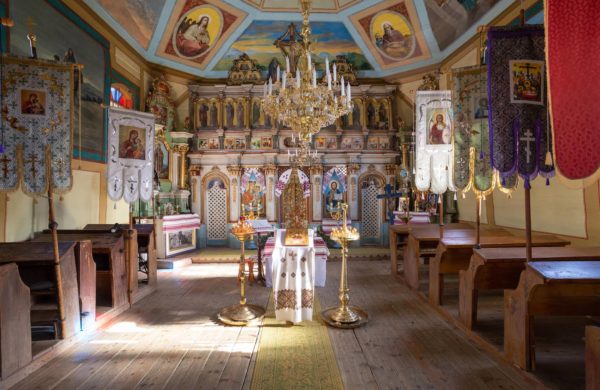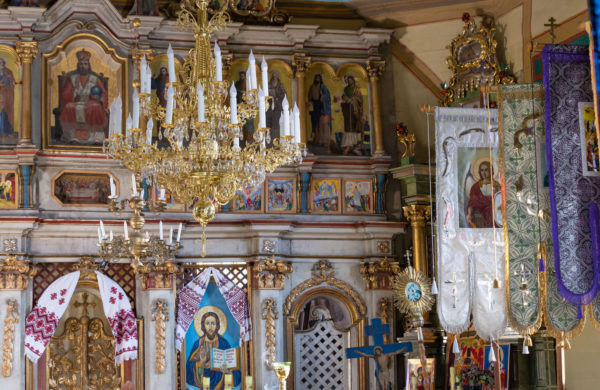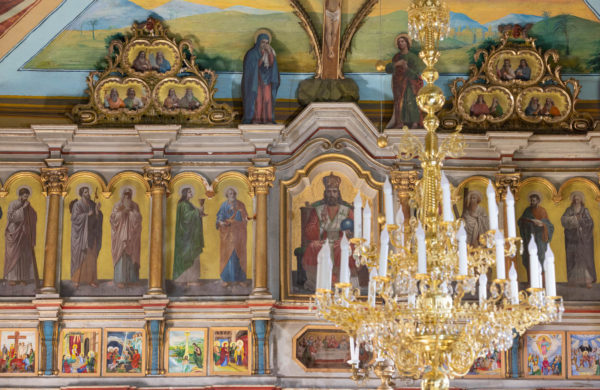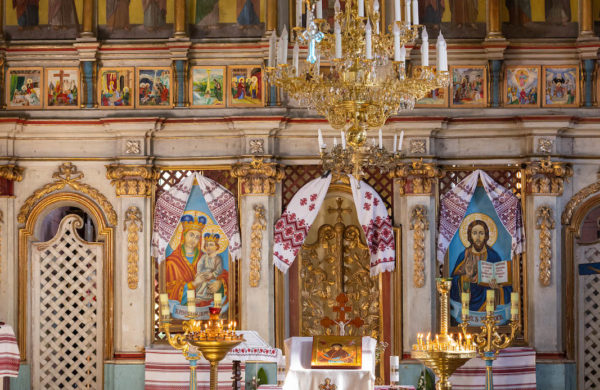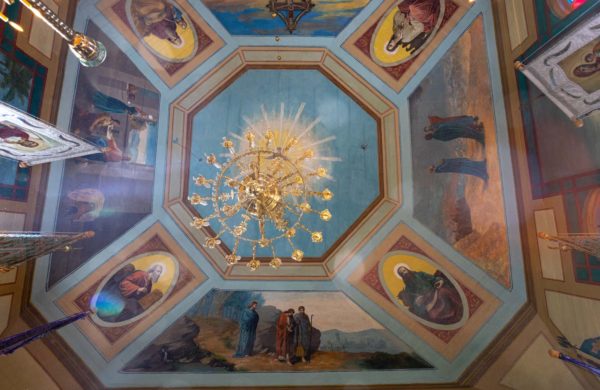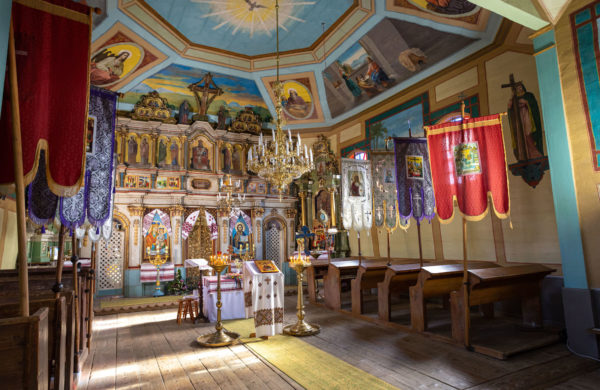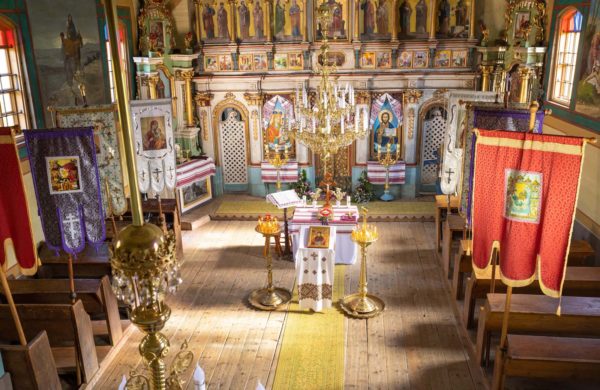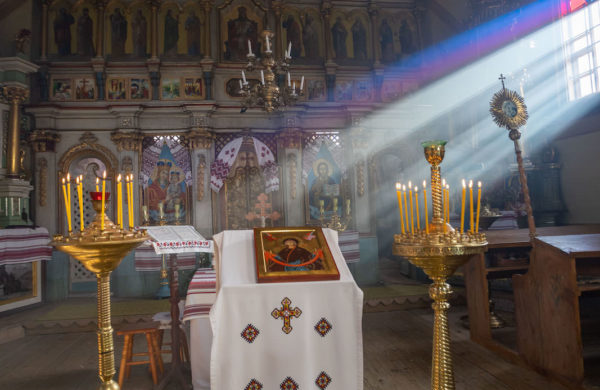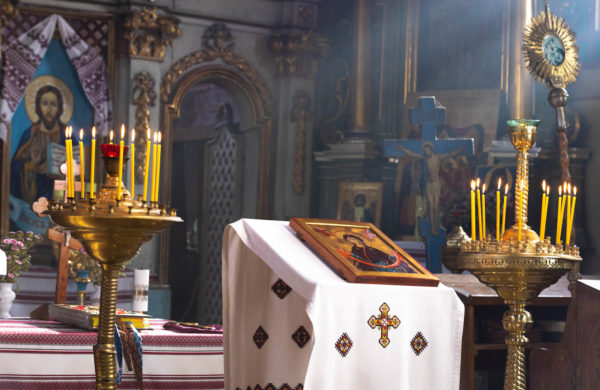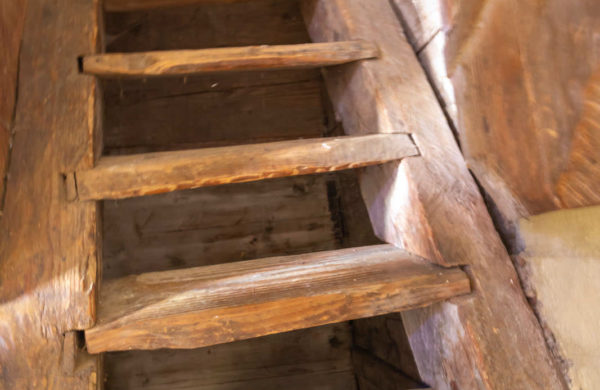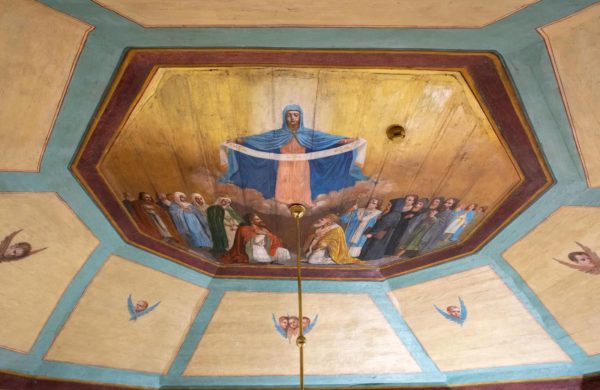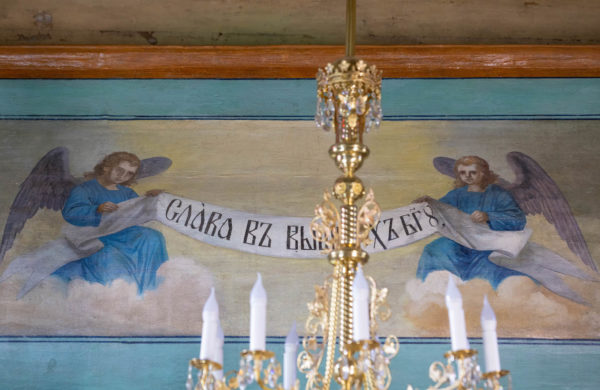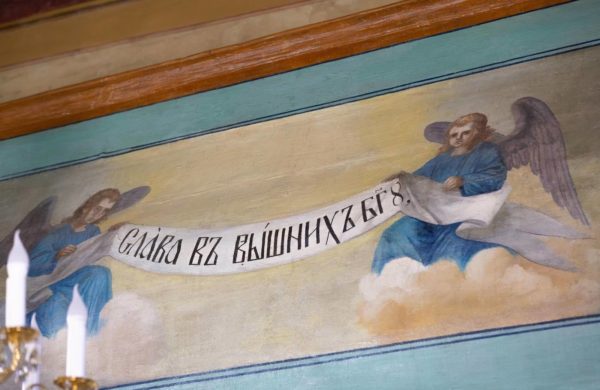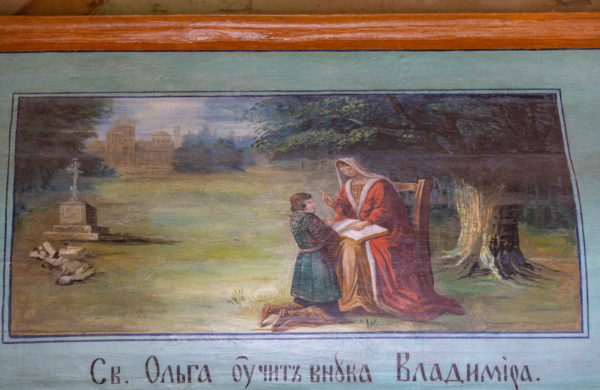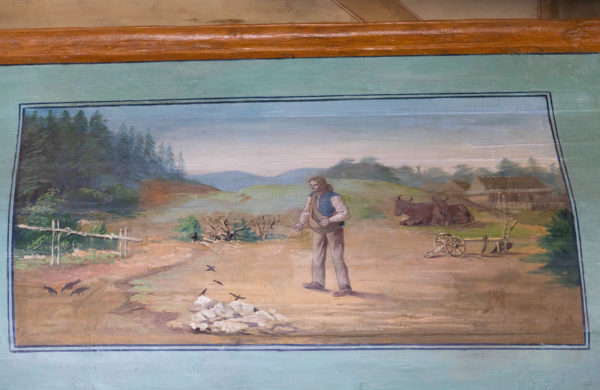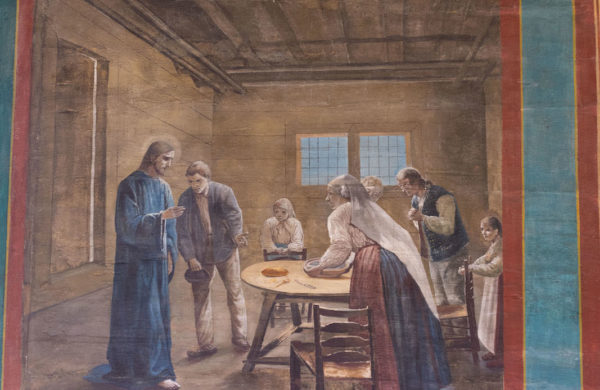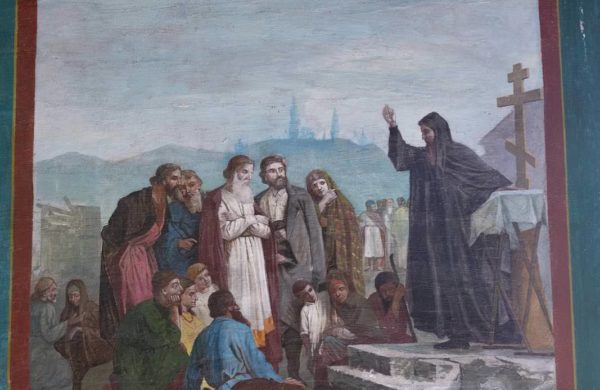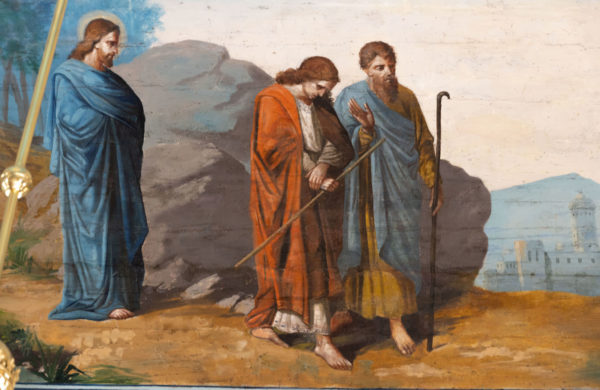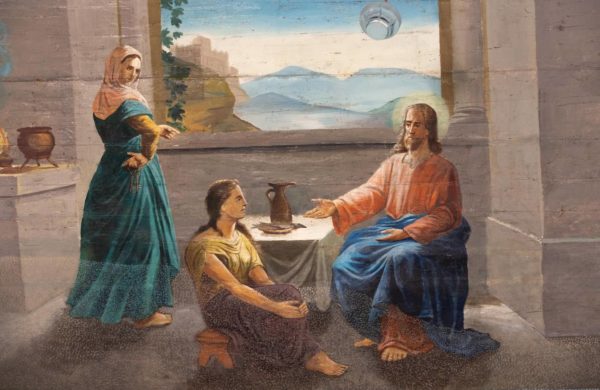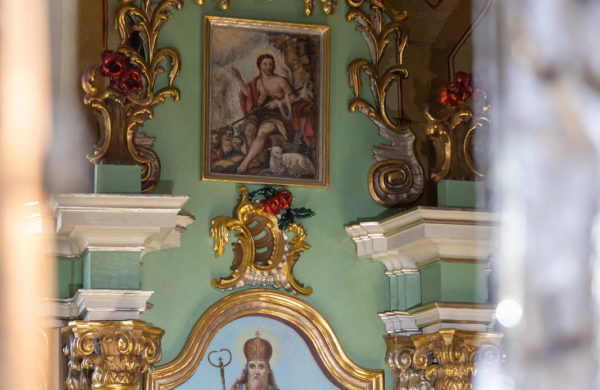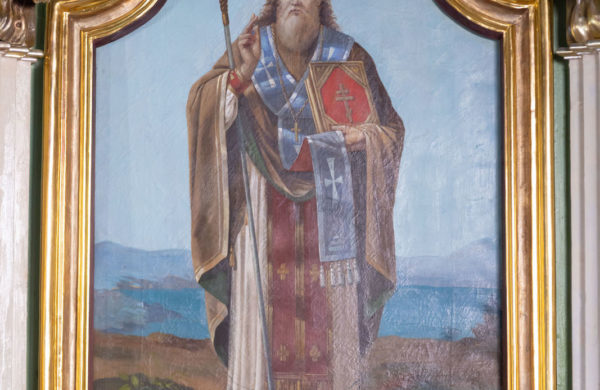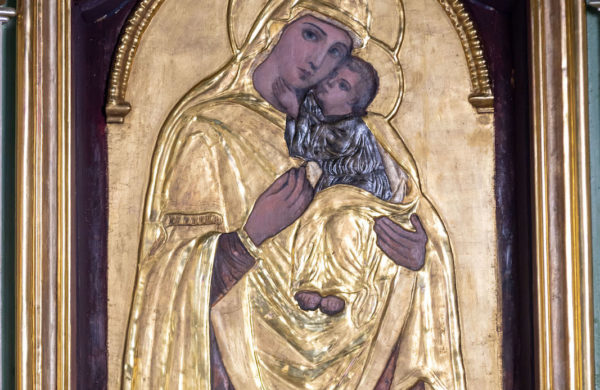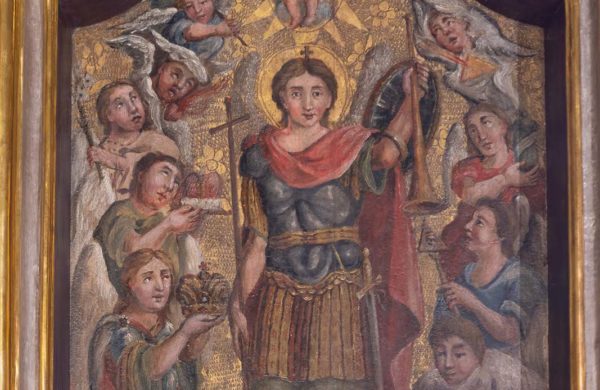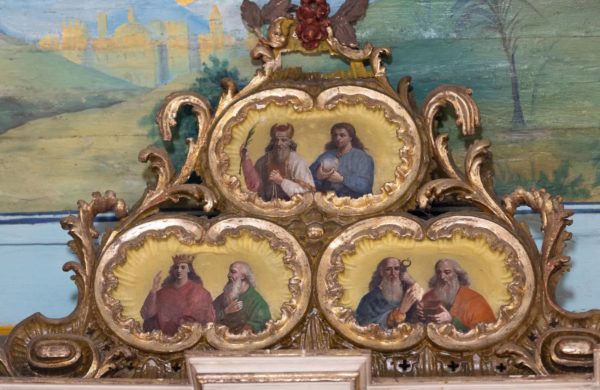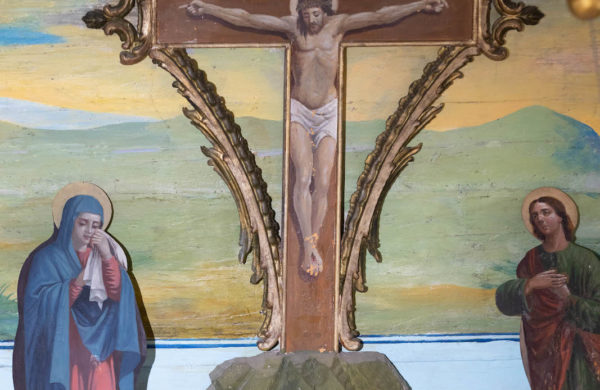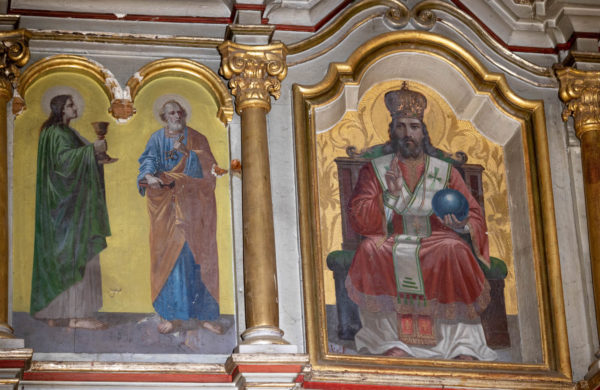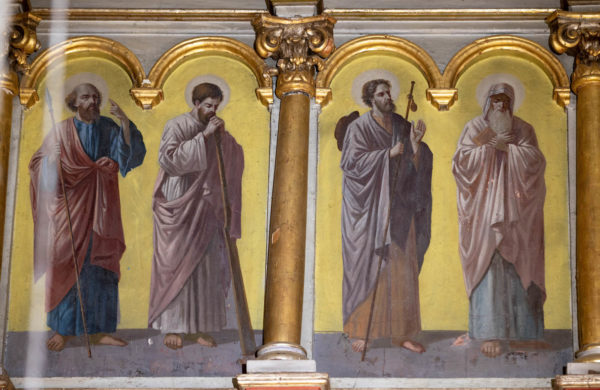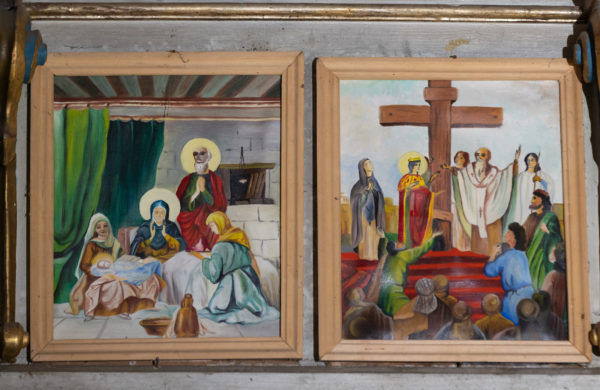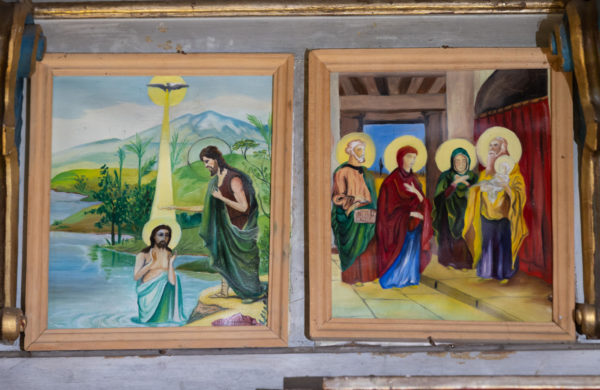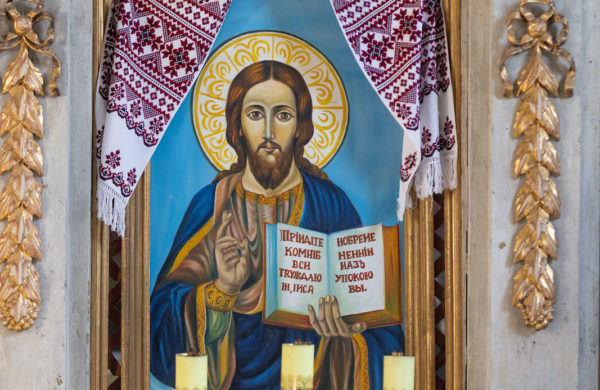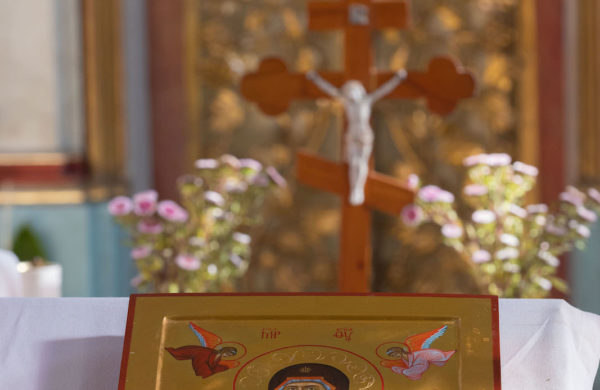Church of St. Archangel Michael
Locality
The Orthodox church of St. Michael the Archangel in Turzansk is a parish temple. It belongs to the Sanok deanery of the Przemysl-Gorlice Orthodox Diocese.
History
The first mention of the Orthodox church in Turzansk comes from 1526. The church probably burned down around 1800. In the years 1801-1803, the building of the present temple began.
Wodden
The temple is an example of Lemko sacral architecture of the north-eastern type, the so-called Oslawicki style. The church is oriented, tripartite. It is a wooden building, with a log structure.
In 2013, the church was inscribed on the UNESCO World Heritage List. It is an example of Sacred Lemko architecture of the north-eastern type - the so-called Oslawicki style.
Virtual tour
We have prepared some practical multimedia materials, which we hope will bring closer to these beautiful historic Polish Orthodox churches. Watching an introductory video with comments from the guide and spiritual guardian of the temple, decorated with moody Church chants, you can emphasize with its atmosphere. Going on a virtual tour, which includes 360 panoramic photos, you can quite imagine yourself inside the temple. For active tourists we have prepared a proposal for a cycling route. We invite you to a virtual tour of the orthodox church, and in the future to visit it in person.
INTRODUCTION
This wooden church with five domes and an impressive, highest bell tower in the Low Beskids is located in the central part of the village, on the left side of the road, on a hill at the foot of Mount Sulila.
HISTORY
The first mention of the Orthodox church in Turzansk comes from 1526. The church probably burned down around 1800.
In the years 1801-1803, the building of the present temple began. An interesting legend is also associated with its construction. which says that the icon of the Theotokos, which is located in the side altar,
comes from that first temple and has inexplicably taken the place of the present one. It was found in the grass. The population took this as a sign that suggested that this temple should be built in this place.
In 1836, a vestibule was added to the temple from the west and two sacristies, on the north and south sides.
In 1895, the main altar in the Greek type, with a canopy, was decided and the walls of the polychrome were repainted, the author of which was Josyf Bukowczyk.
During the tragic action “Vistula” in 1947, the local Lemko population was deported from these areas, and the church was deserted.
For a short time it was used by the Roman Catholic community, but the church was definitively closed in 1961.
Thanks to the efforts of the local population, returned from displacement, it was decided to open an Orthodox temple. Unofficially, this was done in 1963. Officially, with the permission of the local authorities, the parish has existed here since 1968.
Since then, the temple has been renovated many times.
In 2021, it was possible to perform most of the work related to the external appearance of the church. Most of these renovation works were carried out thanks to the financial help of the European Union and subsidies from the Ministry of Culture of National Heritage and Sport.
The Orthodox Church in Turzansk in 2013 was inscribed on the UNESCO World Heritage List.
ARCHITECTURE
The temple is an example of Lemko sacral architecture of the north-eastern type – the so-called Oslawicki style.
The church is oriented. It is a tripartite, wooden building, with a log structure, with a vestibule with a frame structure.
A large nave with the original vestibule in which I stand, they are on a square plan. The chancel on a rectangular plan is closed three-sided from the east, and on both sides there are sacristies.
The temple is hidden by a single-ridge multi-slope roof.
Under the plane of the multi-slope roof there are tent roofs hidden under each dome, from which cornices from the four corners of the world protrude. The multi-pitched roof is topped with three onion-shaped domes with apparent lanterns. On each of them there is a three-armed cross.
To the west of the church there is a free-standing bell tower, built in 1817.
Interior
In the interior of the church, attention is drawn to the four-row iconostasis, dating from the early nineteenth century, with icons by Josyf Bukowczyk.
The interior of the temple is decorated with polychromes from 1898 and 1913, but under it older painting layers were discovered.
In the iconographic representations of polychromes we will find many theological motifs, as well as images from lemko life.
At the western wall we can see a choir with a simple windowsill with a painting depicting St. Olga teaching her grandson St. Vladimir
and the image of a man in a Lemko costume sowing grain.
PARTICULARLY INTERESTING
The church has already managed to carry out the conservation of the side altars, which are located on both sides. In the right altar there is an icon of St. Archangel Michael, while in the left altar under the icon of St. Nicholas the Wonderworker there is a hidden icon of the Theotokos. During the conservation of this icon, traces of tans from fire were found, which would testify to this,
that this icon probably comes from this first temple and the legend of it is in some part true.
Virtual tour
Cycling route
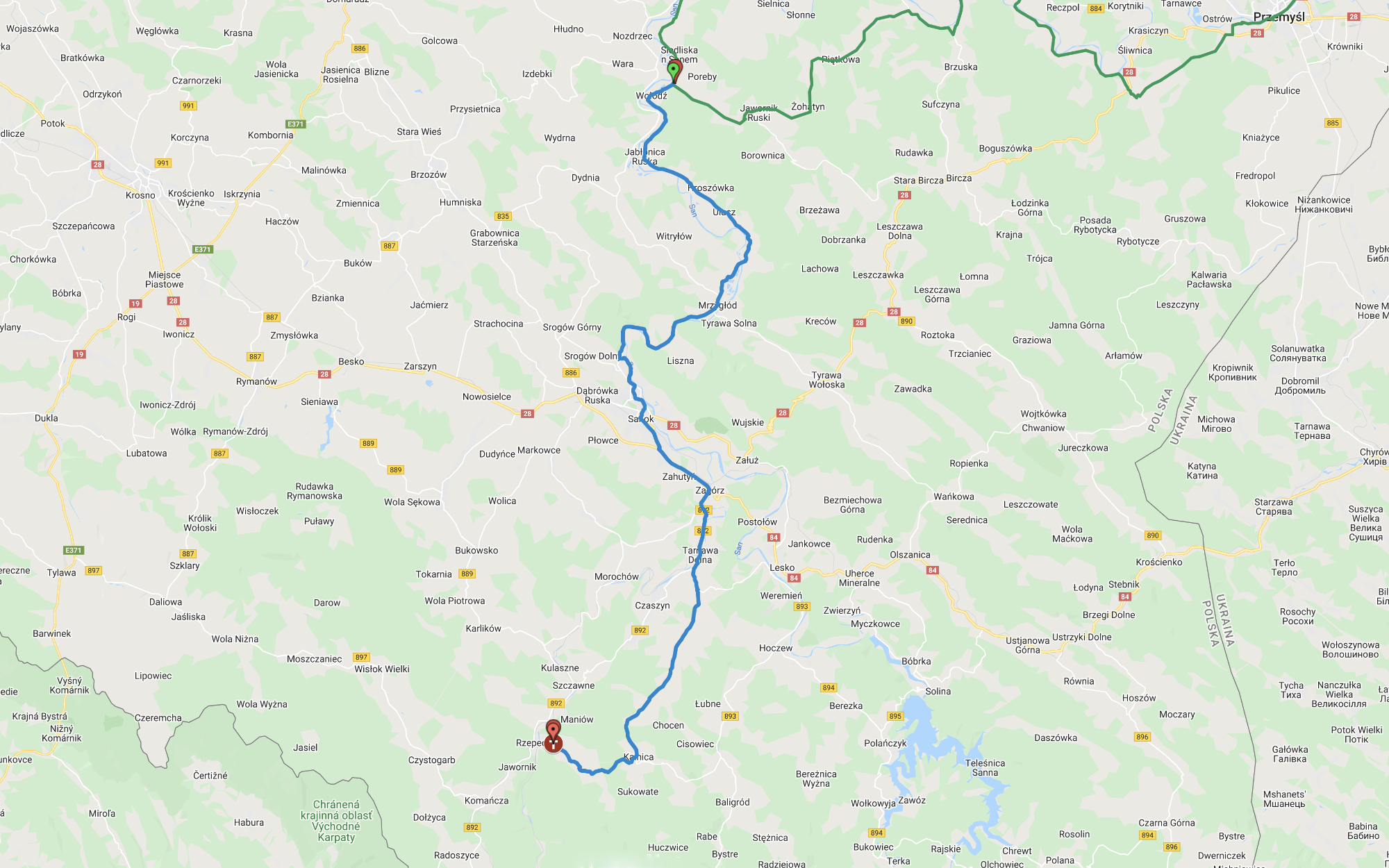
Here is a proposal for a cycling route for active tourists. To use it, download the file to your computer by clicking the button on the left, unzip it, load the .gpx file on any GPS device for navigation… and off you go. We wish you a successful and fruitful journey.

